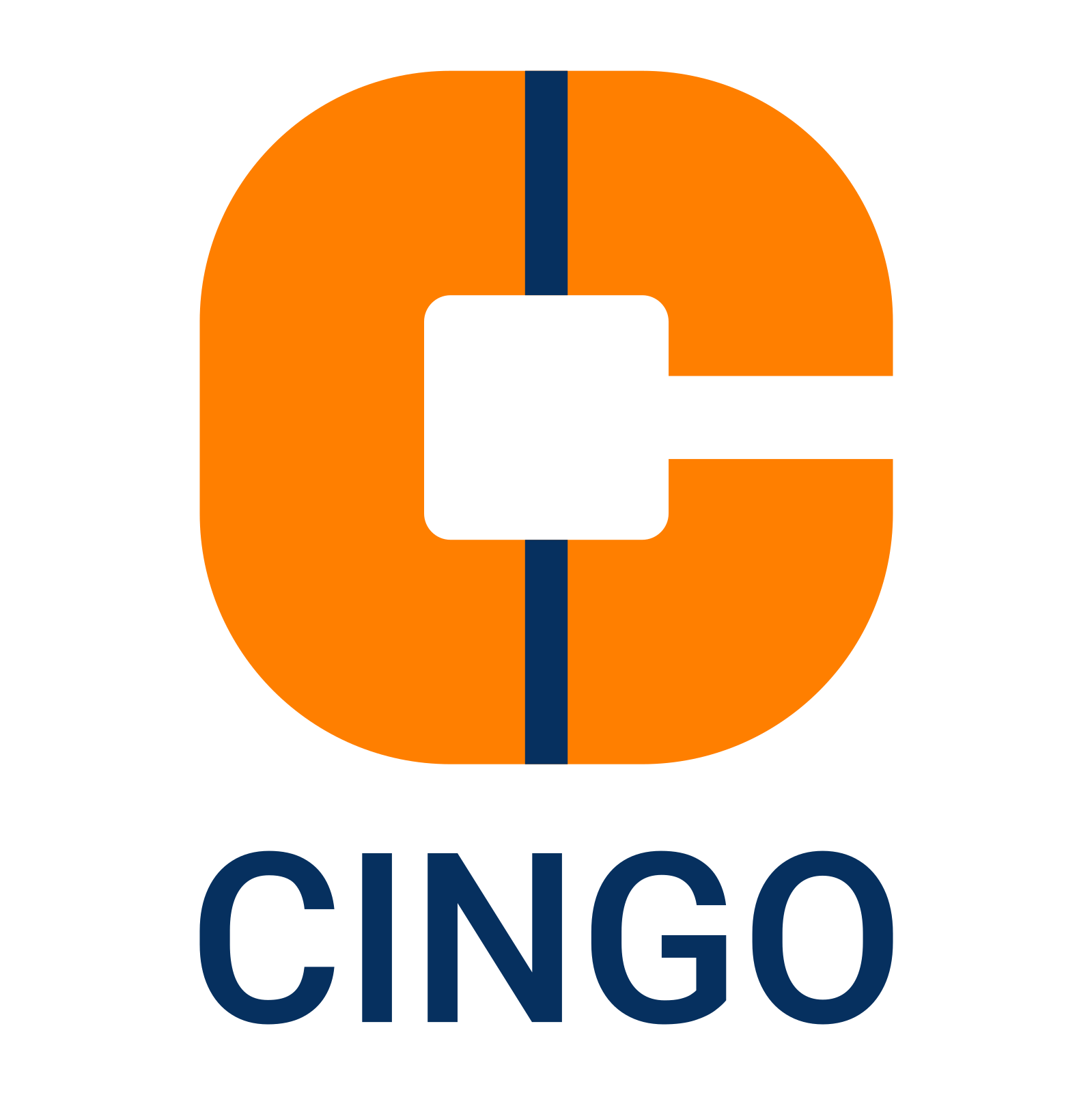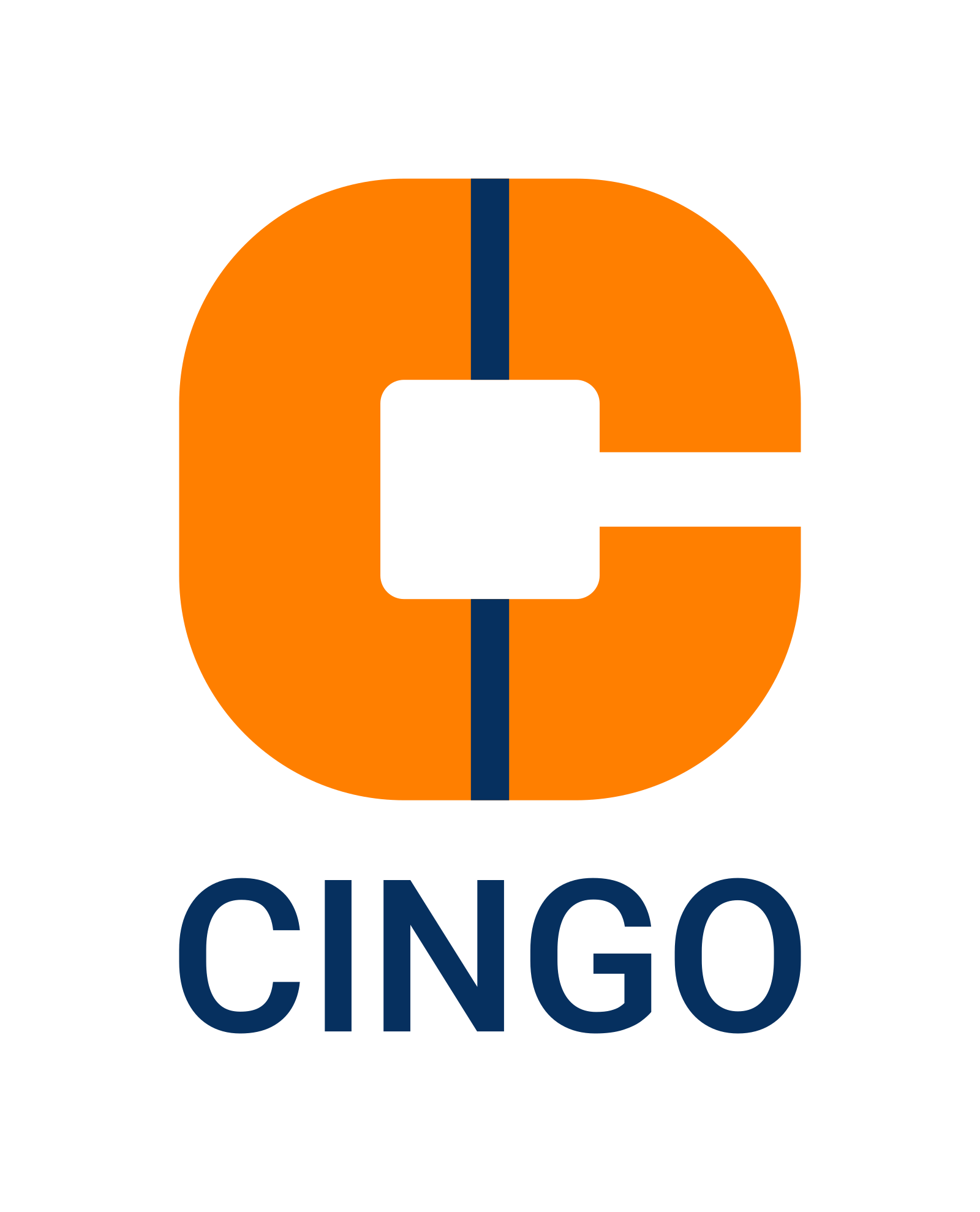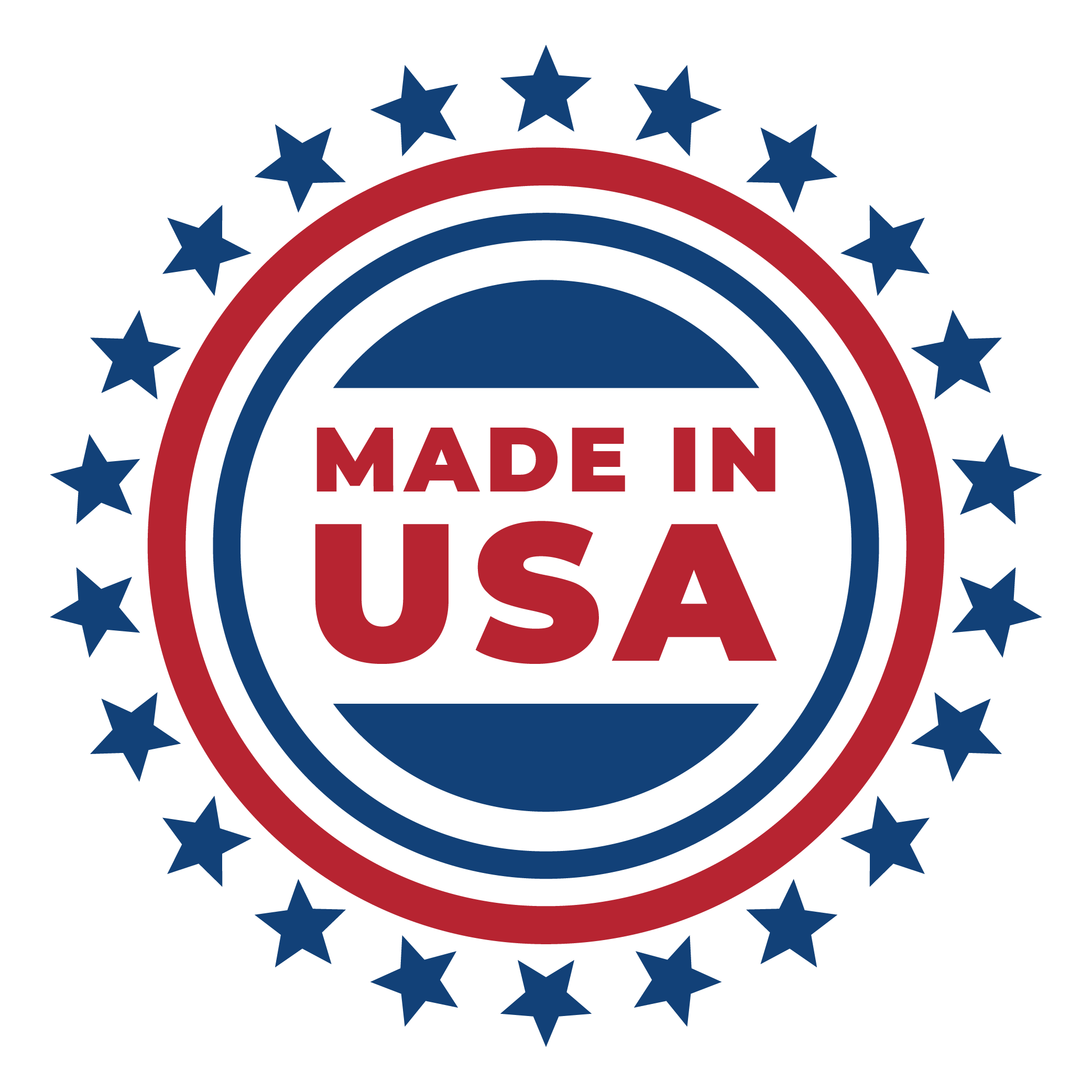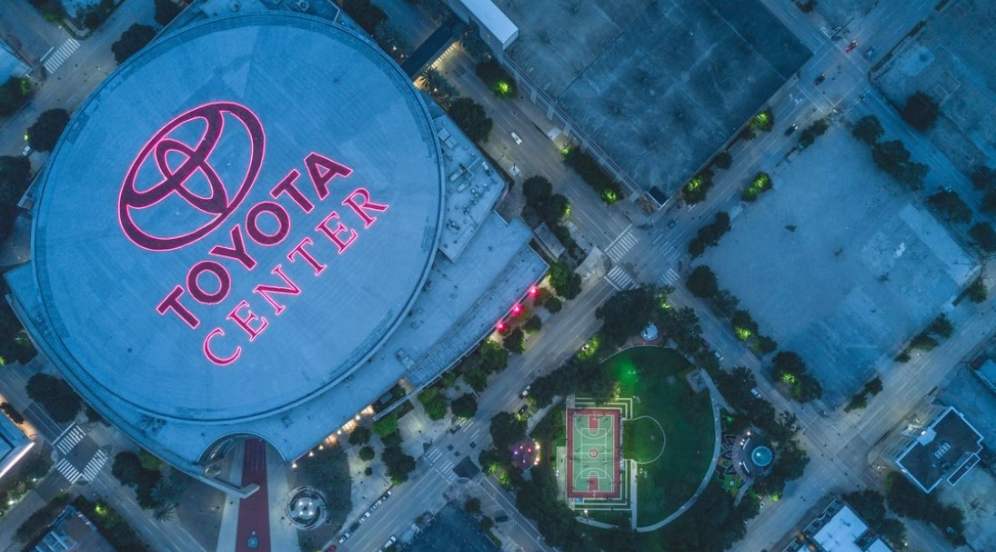
Parking garages are no longer just utilitarian concrete boxes – they are becoming extensions of brand identity and even revenue generators. A well-designed parking space can shape customer perceptions, influence behavior, and open up new advertising opportunities.
In this post, we’ll explore how aesthetic marketing in parking facilities – from visual branding to innovative products like Cingo [Column Wraps] – can elevate customer experience, strengthen brand equity, and drive new revenue from parking spaces.
Psychological and Financial Impact of a Well-Designed Parking Space
First impressions matter.
A clean, well-lit, and secure parking garage immediately signals professionalism and care, influencing whether a first-time visitor becomes a loyal customer.
In fact, parking is often the first and last impression a person has at a destination, so ensuring it’s a positive one can significantly boost overall satisfaction. Psychologically, a bright, welcoming garage reduces stress and anxiety for drivers, making them more comfortable and primed for a good experience.
This comfort translates into financial benefits: satisfied parkers are more likely to spend time (and money) at your venue and return in the future. A positive parking experience can even increase the likelihood of a purchase on that visit, turning what was once seen as a mere convenience into a revenue-influencing asset.
Beyond feelings of safety and comfort, the design of parking spaces influences user behavior. Studies on the psychology of parking find that layout, signage, and aesthetics can guide drivers’ decisions and reduce cognitive stress.
Intuitive design with clear navigation and attractive visuals minimizes confusion and “parking panic,” leading to smoother flow and happier customers. When people find parking hassle-free and pleasant, they tend to attribute that positive experience to the brand or business associated with the facility.
In short, better parking garage design isn’t just about looks – it’s smart business, enhancing both customer well-being and the bottom line.
The Role of Visual Branding in Parking Structures
Your parking facility is a canvas for your brand. Incorporating visual branding – like logos, color schemes, and thematic design elements – into a garage’s architecture and signage reinforces brand recognition before customers even step foot inside your business.
By integrating logos or brand colors into parking garage design, these structures can become powerful marketing tools that help reinforce brand image and create a seamless visitor experience.
Imagine a hospital parking garage painted in the healthcare system’s calming colors, or a shopping mall garage featuring its signature logo and taglines on the walls. These touches continually remind visitors where they are and what your brand stands for.
Visual branding in parking garages also extends to the language and imagery used in signage and wayfinding. A quirky boutique might use playful icons and colors on each level, while a luxury hotel may opt for elegant typography and artwork that aligns with its interior decor.
This consistency in environment builds trust – customers feel the brand’s presence at every touchpoint.
It’s experiential design 101: people are more likely to recall and respect a brand that delivers a cohesive, pleasant experience throughout their journey.
In practical terms, a well-branded parking garage can increase ad recall and brand recognition, essentially turning an otherwise mundane space into a 24/7 billboard for your business.
Enhancing Customer Experience with Cingo [Column Wraps]
One innovative way to marry form and function in parking aesthetics is through Cingo [Column Wraps].
These are protective wraps for structural columns that double as high-impact advertising displays. Cingo Column Wraps were originally designed to protect vehicles and infrastructure from scratches and dents, but forward-thinking facility owners realized they present a prime advertising opportunity.
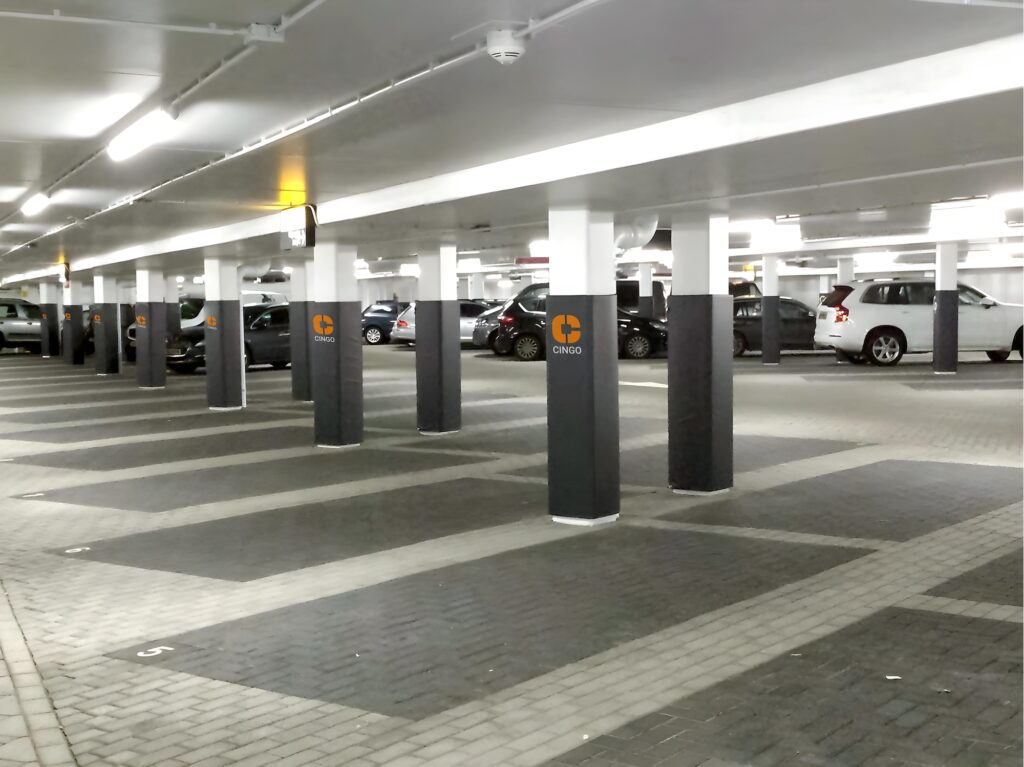
By turning the ubiquitous concrete pillars in garages into vibrant branded surfaces, operators transform underutilized space into eye-catching displays. The result? Drivers navigate a garage that not only feels safer (thanks to the protective padding) but is also more engaging visually.
From a customer experience standpoint, Cingo wraps can make a cavernous garage feel more inviting and informative. Bright graphics, directions (“Elevators this way →”), or even local artwork on the columns break up the monotony of grey concrete. This improves navigation and gives the garage a personality.
Imagine parking at a mall and seeing columns wrapped in images of the latest fashion campaign or a fun fact about the city – it’s a small delight that can enhance your mood.
Psychologically, these wraps also act as cues, helping people remember where they parked (“I’m in the section with the beach mural wraps”).
In terms of customer perception, a garage with Cingo Column Wraps signals that the facility is modern, cared-for, and aligned with current trends in design and marketing.
Parking Garage Aesthetics, Brand Equity, and Advertising Effectiveness
Aesthetic marketing in parking garages isn’t just about looking good – it directly feeds into brand equity and amplifies advertising effectiveness.
When a garage is well-maintained and artfully branded, it conveys reliability and quality, which are key components of brand equity.
Customers subconsciously equate the polished parking environment with a trustworthy, high-quality brand.
On the flip side, a dim, dirty garage might tarnish a customer’s view of even an otherwise great business. Consistency in positive impressions (from parking lot to storefront) builds a stronger brand in consumers’ minds.
From an advertising perspective, context matters. The environment in which an ad is seen impacts how well it’s noticed and remembered.
Parking garages offer an advantageous context: they have a captive audience with dwell times of several minutes, and minimal competition for attention compared to busy streets or digital feeds. This means ads or branded messages in a garage can actually outperform many traditional channels.
According to the Outdoor Advertising Association of America, out-of-home ads in places like parking facilities have a 46% higher engagement rate than digital ads because people simply can’t ignore their surroundings as easily.
A well-placed poster or a creatively wrapped column in a garage can stick in a visitor’s memory much longer than a fleeting online banner.
Moreover, aesthetically pleasing garages can boost the effectiveness of advertisements they contain by creating a positive emotional backdrop.
If people feel safe and impressed by the facility, they’re in a more receptive state of mind for marketing messages. It’s the difference between trying to hand out flyers in a dark alley versus a beautiful plaza.
The better the ambiance, the more advertising resonance you get.
In essence, investing in garage aesthetics is a way of priming your audience – happy customers are more open to your advertisements, promotions, and sponsorships displayed in the space.
Real-World Examples of Aesthetic Marketing in Parking Spaces
Many businesses have already leveraged aesthetic marketing in their parking facilities with great success.
A classic example is how Lexus partnered with sports venues: The Florida Panthers hockey team’s arena features the Lexus Lot, a premium parking area branded and reserved for Lexus drivers. This wasn’t just vanity – it was part of a larger sponsorship deal. Other venues like Turner Field and Wells Fargo Center struck similar deals with Lexus to brand sections of their parking for luxury car owners.
This approach gave Lexus free advertising exposure every time fans arrived for a game, associating the brand with VIP treatment and convenience.
In another case, Toyota extended its naming rights to include the Toyota Tundra Garage at the Houston Rockets’ Toyota Center, reinforcing its brand every time someone parked there.
Beyond automotive tie-ins, public art and design installations have made parking garages newsworthy attractions.
A striking case is the massive mural by British artist Mr. Doodle on a downtown Austin parking garage.
The project not only enlivened the structure but also became a viral sensation – a time-lapse of the mural creation garnered nearly 5 million views on TikTok.
The buzz translated into priceless exposure for the garage’s owners and the city, proving that creative aesthetics can generate publicity.
As the artistic lead behind the project noted, “executed properly, public art can increase foot traffic, deter crime, and generate publicity.”
In other words, a beautiful parking garage became a marketing asset in its own right.
Retail and mixed-use developments also see the payoff.
At Atlanta’s High Museum of Art at the Woodruff Art Center, the parking garage isn’t an afterthought – and designers are integrating branding and a style consistent with their performing and visual arts aesthetic.
Decorative column wraps, murals, and stylish signage make the parking experience feel like an extension of the curated visual environment, reinforcing the brand of the venue itself.
Some airports have turned parking garages into galleries, showcasing local artists or themed decor, which not only improves the traveler experience but also communicates a city’s brand (e.g., an eco-friendly city using green plant walls in a garage to emphasize sustainability).
These real-world cases show a common thread: when parking garages are treated as marketing opportunities, they can delight customers and deliver tangible returns, from increased loyalty to direct ancillary revenue.
Practical Steps for Facility Operators to Implement Branding and Advertising in Parking Garages
For parking facility operators looking to capitalize on aesthetic marketing, here are some actionable steps:
- Audit Your Current Space
Walk through your garage with fresh eyes. Is it clean, well-lit, and inviting? Note areas that feel drab or confusing. Identify blank walls, columns, or entrances that could serve as branding or advertising locations (for example, spots that every visitor passes by). - Develop a Branding Plan
Work with designers to incorporate your brand identity in the garage. This could include painting accent walls in brand colors, adding logos at key points, and ensuring signage typography matches your brand’s style. Even the level names or themes can reflect your business (think “Sunshine Level” for a company with a bright logo, or using product names for different sections). - Leverage Column Wraps and Signage
Consider installing solutions like Cingo Column Wraps that both protect and advertise. These wraps can display ads for on-site businesses (a cafe inside the building could advertise its morning coffee special), or they can be sold as ad space to external advertisers for extra revenue. Don’t forget other signage – banner ads, digital screens, floor graphics – placed in high-traffic spots such as near elevators or payment kiosks, where people naturally pause and look around. - Improve Lighting and Cleanliness
Branding won’t stick if the environment feels unsafe. Ensure the garage is well-lit with modern LED lighting (which can also be color-tuned to match branding). Keep the facility clean and promptly remove graffiti or clutter. A polished appearance amplifies advertising effectiveness by keeping the focus on the message, not on distractions. - Incorporate Art or Themes
Partner with local artists or use thematic designs to give your garage character. A vibrant mural or cohesive artwork series can make the space memorable. This not only humanizes the garage but also provides social-media-worthy visuals that visitors might photograph, indirectly promoting your facility (free advertising!). - Engage in Cross-Promotions
If your garage is near retail or entertainment, collaborate with those businesses. Perhaps a nearby restaurant sponsors a section of the garage with their branding and offers a coupon code on the parking ticket. This creates a win-win: the parker discovers a new local business, and you gain a sponsorship fee or improved customer goodwill. - Measure and Iterate
Treat your branded garage like a marketing campaign. Gather feedback – ask customers if they found the garage pleasant and if the signage was helpful. Track revenue from any advertising deals (e.g., column wrap sponsorships) and see if overall parking utilization increases after aesthetic improvements. Use this data to refine your approach, adjusting designs or placements over time for better results.
A parking garage doesn’t have to be a gloomy concrete cave or a financial drain. With aesthetic marketing principles, it can become a vibrant extension of your brand and a source of additional revenue.
By understanding the psychological impact of design and leveraging tools like visual branding and Cingo column wraps, facility owners can create garages that enhance customer experience, strengthen brand equity, and improve advertising effectiveness all at once.
The takeaway is clear: every moment a customer spends on your property, from parking to exit, is an opportunity to communicate your brand’s value and even make a sale.
So, transform those parking spaces into engaging places – your bottom line and your customers will thank you.
